Exploring the Art – What is Film Photography?
What is Film Photography in the Digital Age
In a digital age where filters and enhancements on social media platforms have become the norm, film photography, once thought to be a fading art, is making a surprising resurgence. Despite the discontinuation of some film-based products by some manufacturers, the growing trend of film photography remains strong among professionals and enthusiasts who appreciate the unique characteristics and tangible nature of this traditional form of image-making. So, What is film photography?
Table of Contents
ToggleI usually like to address some FAQs at the end of my blogs however, given the variations associated with the question what is film photography?, lets get them out of the way now.
FAQ: Film Photography
Film photography has a rich history dating back to the early 19th century when the first practical photographic process was invented. Over the years, film technology evolved, leading to various formats and types of film. It remained the dominant medium for photography until the advent of digital cameras in the late 20th century.
Film photography offers endless creative possibilities. Experiment with different subjects, lighting conditions, and film stocks to achieve unique and artistic results. Explore various techniques such as double exposures, long exposures, and creative composition to capture visually captivating images.
For beginners, film photography can be an exciting journey. Start by getting a manual film camera and familiarize yourself with its settings and functions. Learn the basics of exposure, shutter speed, and aperture. Experiment with different film stocks, practice composition, and develop your skills over time. Join photography communities or take courses to enhance your knowledge and connect with fellow enthusiasts.
Film photography offers a distinct aesthetic characterized by its grain, dynamic range, and colour rendition. It requires a more thoughtful and deliberate approach to capture images since each frame is limited. Film enthusiasts often appreciate the tangible aspect of film, the anticipation of waiting for the film to be developed, and the unpredictability that can lead to unexpected and unique results.
Film photography uses traditional film rolls that need to be processed and developed to produce physical prints or scanned for digital use. Digital photography, on the other hand, captures images electronically using sensors and allows immediate review and sharing. Film offers a unique character and requires a slower, more deliberate process, while digital provides instant results and more flexibility for post-processing.
Pros of film photography include its unique aesthetics, the tangible aspect of physical prints, and the need for thoughtful composition. It encourages patience and discipline, fostering a deeper understanding of the craft. However, film can be costly due to film stock, processing, and printing expenses. It also lacks the instant feedback and convenience of digital photography.
Black and white film photography emphasizes tones, textures, and contrasts without the distraction of colour. It allows photographers to focus on composition, shapes, and lighting. Colour film, on the other hand, adds another dimension by capturing the vividness and nuances of the world. Both have their unique appeal and evoke different moods and emotions.
Absolutely! Many photographers enjoy the flexibility of using both film and digital cameras. Film photography can provide a specific look or feel for certain projects or personal preferences, while digital cameras offer convenience, immediate feedback, and the ability to experiment without the cost of film and processing.
A light meter is a device or feature found in many cameras that measures the intensity of light to determine the optimal exposure settings. It helps photographers determine the appropriate aperture, shutter speed, and ISO for a given lighting condition. Light meters can be built into the camera or available as separate handheld devices.
Film development involves a series of chemical processes to convert the exposed film into a negative or positive image. While it can be done at home with the necessary equipment and chemicals, many photographers choose to send their film to professional labs for processing and printing. Alternatively, there are also local businesses or community darkrooms that offer film development services.
5 Unique Characteristics and the Tangible Nature of Film Photography
- Tangible physicality
- Distinctive aesthetic
- Slower, more deliberate process
- Film emulsion and chemical reactions
- Limited number of exposures
Film Photography vs Digital Photography
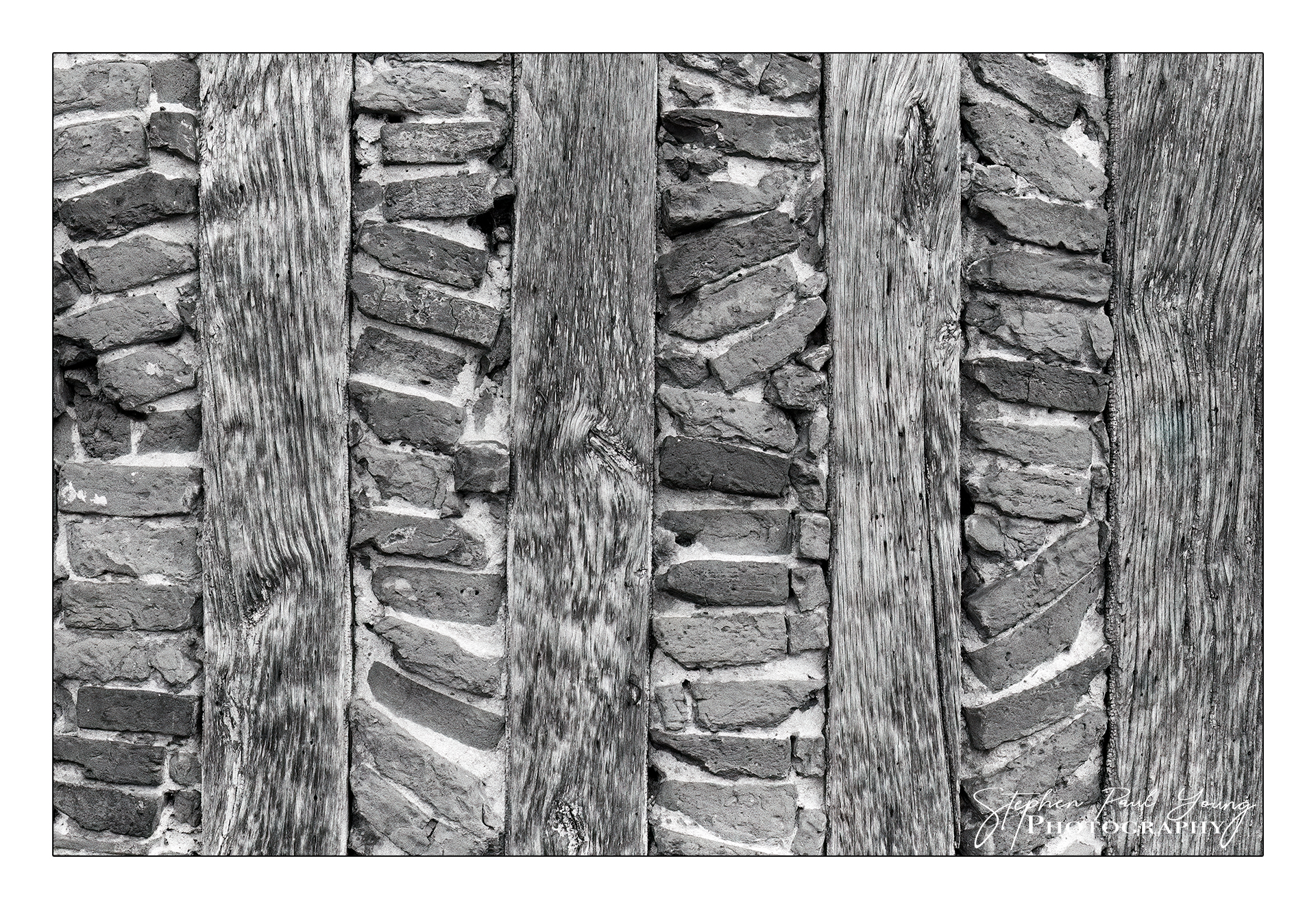
Film photographers often describe working with film as a journey of discovery, allowing them to connect with the essence of the visual world in a way that digital photography cannot replicate. One of the advantages of shooting film is the increased play and resolution offered by medium and larger film formats compared to some digital cameras. Additionally, the process of shooting with film is often seen as more enjoyable and tactile, as photographers carefully compose their shots, manually adjust settings, and wait in anticipation for the film to be developed to reveal the final result.
Traditionally, film purists have advocated for an in-camera approach, insisting that film photos should not be edited in post-processing to preserve the purity of the medium. However, in 2023, an increasing number of film photographers are reconsidering this stance. Many are now openly admitting to using software for touch-ups and enhancements to achieve the desired results. (See photography film vs digital below)
Analogue Photography Philosophy
At first glance, this may seem contradictory to the philosophy of analog photography, where the emphasis is on capturing the moment in-camera without manipulation. However, there is logic behind this shift in mindset. Film photos require several additional steps after the initial exposure, including development and printing or scanning, which can all impact the final image. Unless a photographer takes full control of these processes, the outcome may not fully reflect their original vision. Editing the photos digitally allows photographers to regain control over the final result and restore the vitality that may have been lost in the printing process. So, What is film photography?
Film Photography Examples – 35mm Film Photography
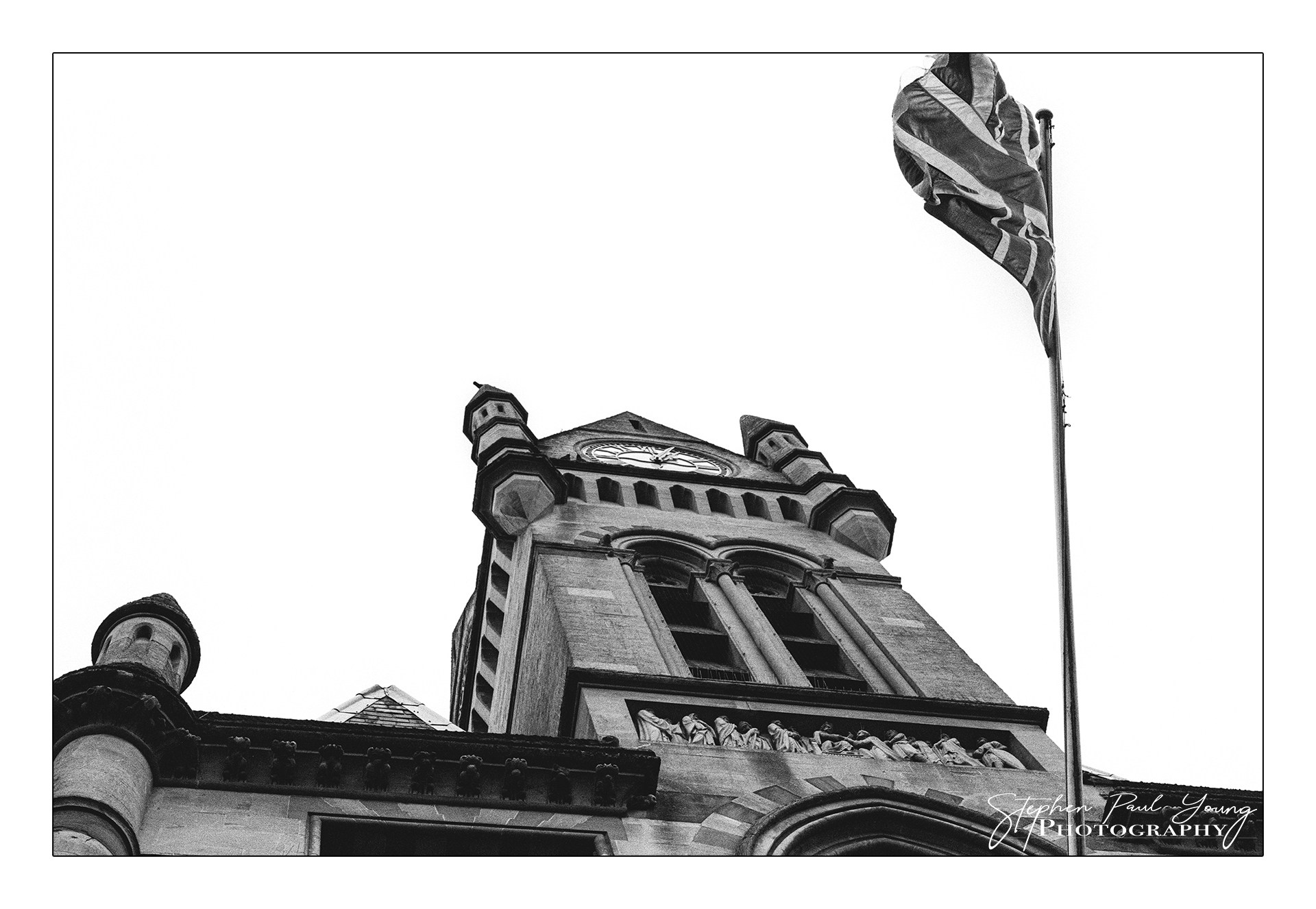
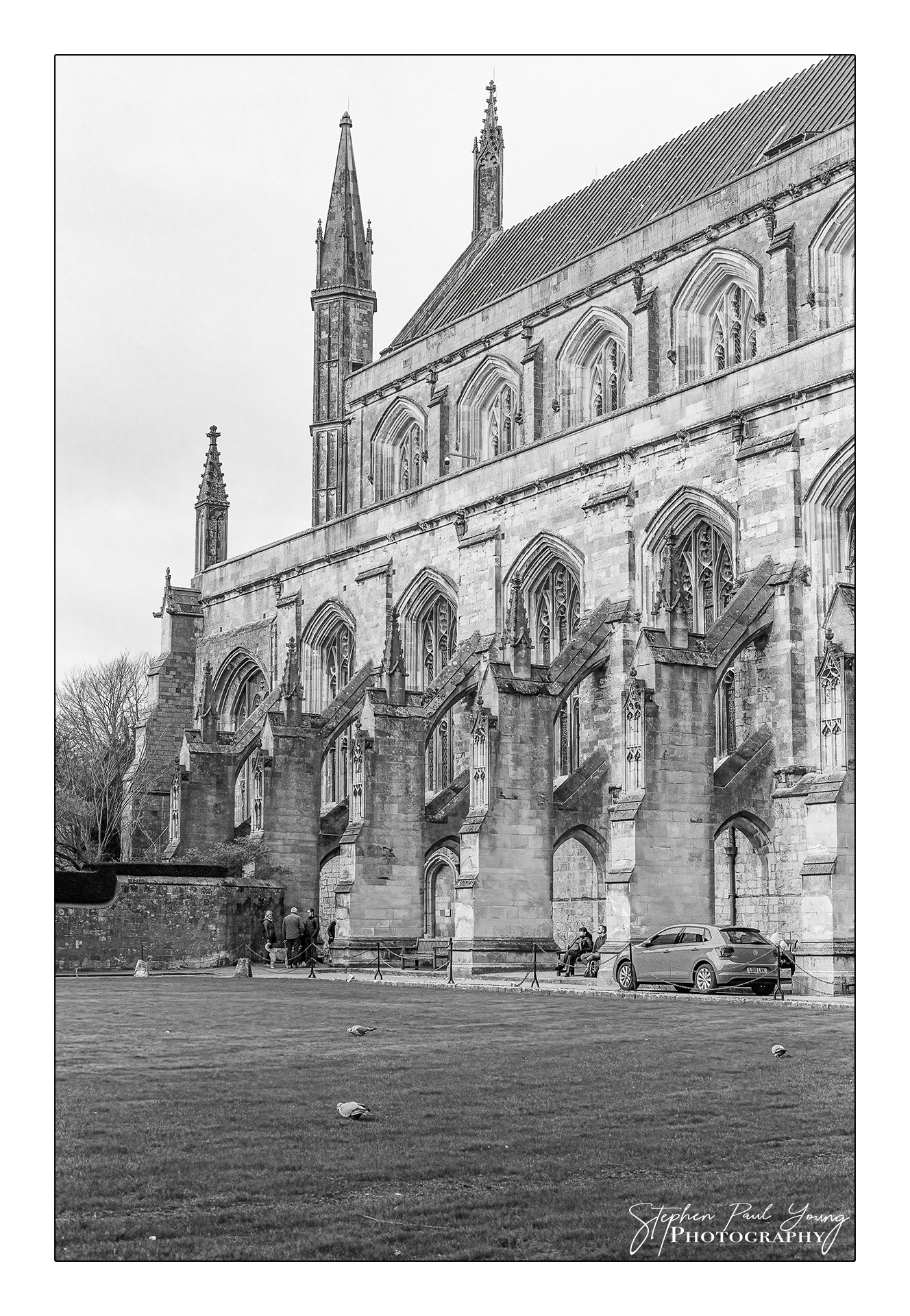
Some photographers are adopting a more pragmatic approach to black and white film photography, especially when working for clients who have specific requirements. In such cases, adhering strictly to purist ideals may not be feasible, and using software to enhance the images can result in more pleasing outcomes (above images are 35mm film photography examples that have been edited using software), ultimately translating into more financial gain for the photographer.
Software
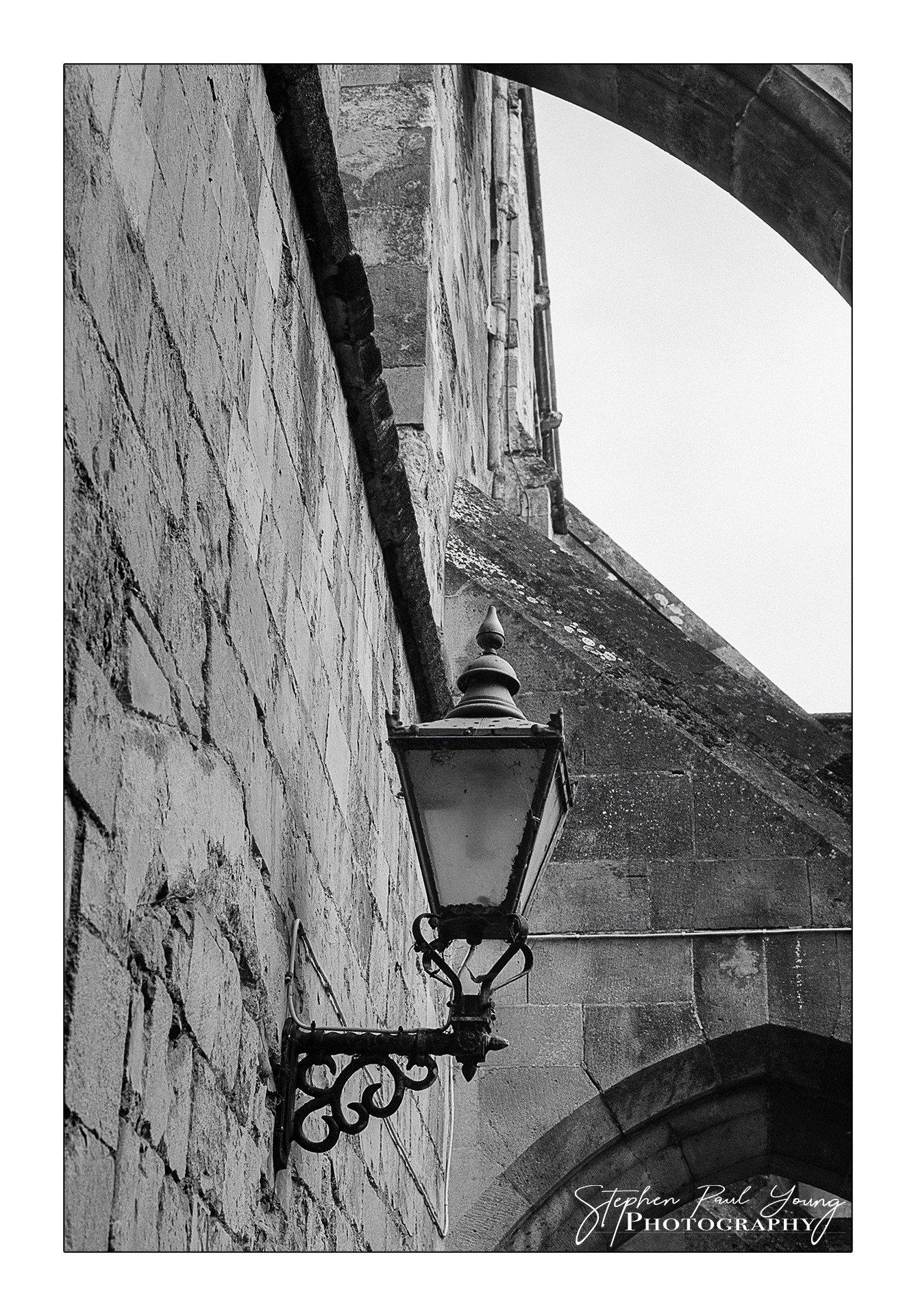
One popular editing software for film photos is Capture One, known for its excellent array of editing tools that can be used to make subtle changes without compromising the unique aesthetic of film photography. With such software, film photographers can fine-tune their images to achieve their desired creative vision while retaining the inherent qualities of film that make it distinct from digital photography.
The resurgence of film photography can be attributed to a combination of factors, including the appreciation for the unique aesthetic of film, the desire for a hands-on and tactile approach to image-making, and the increasing availability of software tools for digital editing of film photos. However, the resurgence of film photography is not limited to these factors alone; it is also driven by the passion and dedication of film enthusiasts who continue to push the boundaries of the medium and explore new creative possibilities.
Nostalgic Photography
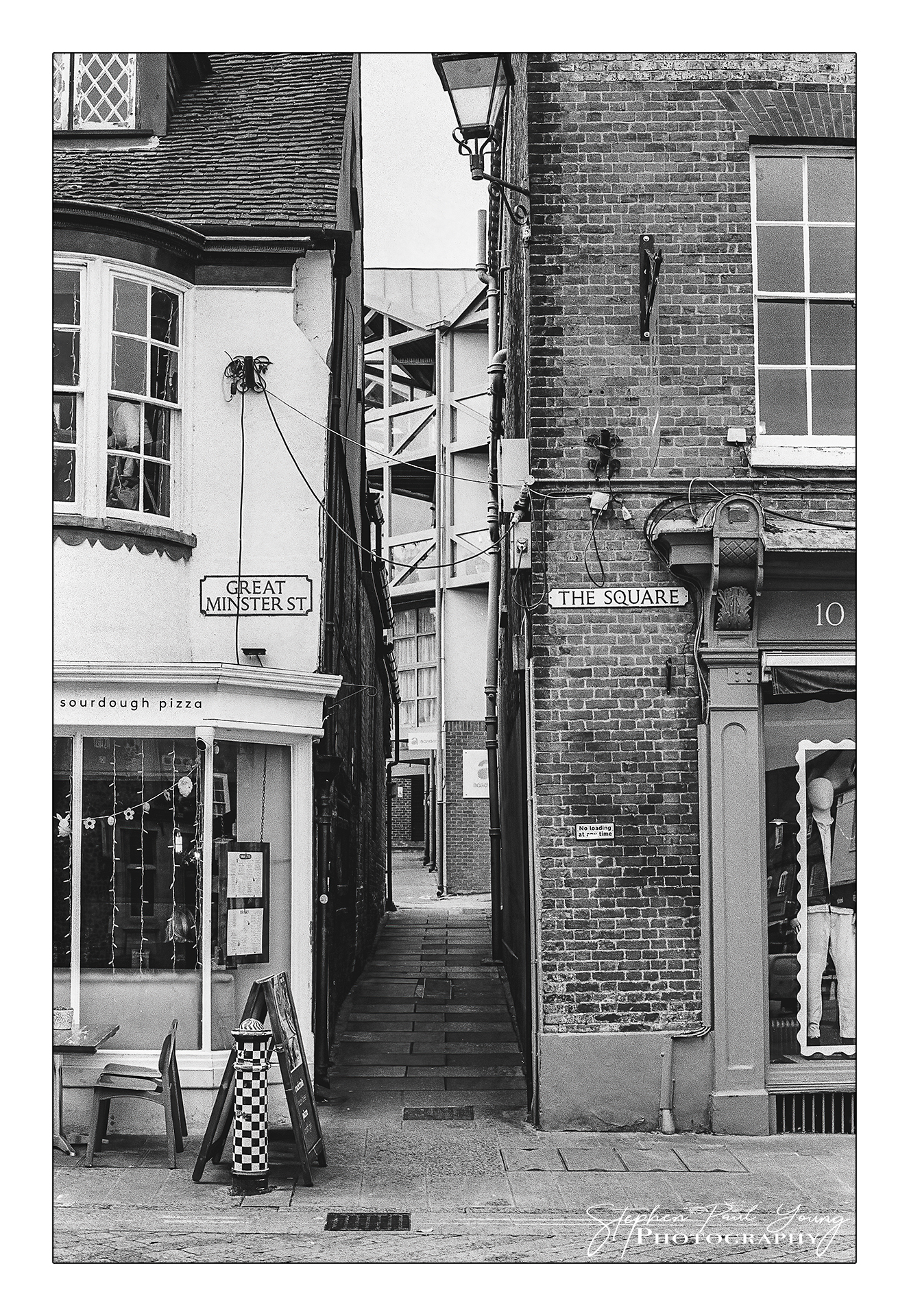
One of the reasons why black and white film photography is still beloved by many is its ability to capture a timeless and nostalgic quality that is difficult to replicate with digital photography. Film has a unique way of rendering colours, tones, and textures that can evoke a sense of nostalgia, reminiscent of a bygone era when film was the primary medium for capturing memories. The inherent grain and imperfections of film also add character and depth to images, giving them a distinct and authentic feel that cannot be replicated digitally.
Furthermore, film photographers often express a deep appreciation for the tactile and tangible nature of film. Unlike digital photography, where images are stored electronically and viewed on screens, film produces physical negatives or positives that can be held, examined, and appreciated as physical objects. The process of handling and developing film is seen as an integral part of the creative journey, involving a level of craftsmanship and skill that adds to captivate film enthusiasts.
Photographic Connection
Another aspect that sets film photography apart is the intentional and mindful approach it requires. With limited exposures available on a roll of film, photographers must carefully compose their shots, consider lighting and exposure settings, and make deliberate decisions before pressing the shutter button. This slower and more deliberate process often leads to a deeper connection with the subject and a heightened level of creativity and intentionality in the photographic process. It encourages photographers to be more present in the moment, to take their time in capturing the perfect shot, and to value each frame as a precious resource.
Appeal
In addition to What is film photography, its aesthetic and tactile appeal, black and white film photography also offers technical advantages over digital photography (See Film Photography Examples above). Medium and large film formats are known for their exceptional image quality, with higher resolution and dynamic range compared to some digital cameras. Film also has a unique ability to capture highlights and shadows in a way that retains detail and produces a pleasing tonal range, often referred to as the “filmic” look. This makes film a preferred choice for many professional photographers who seek the highest level of image quality and artistic expression in their work.
Furthermore, film photography allows for a diverse range of creative possibilities through the use of different film stocks, each with its own unique characteristics in terms of colour rendition, contrast, and grain structure. Photographers can choose from a wide array of film stocks, including black and white, colour negative, and colour reversal films, each offering its own distinctive aesthetic and mood. This versatility and variety of film stocks provide endless creative options for photographers to experiment with and create images that are truly unique and personalised.
However, despite its many advantages, film photography also presents its share of challenges. Film photographers need to develop their skills in metering, focusing, and understanding the nuances of different film stocks to achieve the desired results. The cost of film, processing, and printing or scanning can also add up, making film photography a more expensive endeavor compared to digital photography, especially for those on a tight budget. Additionally, the lack of instant feedback and the need to wait for the film to be processed can be frustrating for some photographers who are used to the immediate results and feedback of digital photography.
Despite these challenges, film photographers are driven by their passion for the medium and the unique creative opportunities it offers. Many film enthusiasts see the challenges as part of the process, and they appreciate the slower, more deliberate approach that film requires. They value the physicality of film, the anticipation of waiting for the film to be developed, and the joy of seeing the tangible results of their efforts. For them, the challenges are outweighed by the rewards of creating images that have a distinct and authentic aesthetic, and a connection to the rich history of photography.
Film Purists have Traditionally Advocated Against Editing Film Photos
As mentioned earlier, film purists have traditionally advocated against editing film photos, believing that the purity of film should be preserved and that all the work should be done in-camera. However, in recent years, there has been a shift in this perspective, with more and more film photographers open to the idea of using software for touch-ups and enhancements in their post-processing workflow.
One of the reasons for this shift is the increasing availability of sophisticated software tools that can replicate the look and feel of film in the digital realm. Capture One, as mentioned earlier, is one such software that is popular among film photographers for its ability to mimic the aesthetic of film while providing a wide range of editing tools for fine-tuning images. These tools allow photographers to adjust exposure, contrast, colour balance, and other parameters to achieve their desired creative vision while retaining the characteristics of film that make it distinct.
The use of Software
The use of software in film photography is often approached with caution and a sense of responsibility. Many film photographers still adhere to the principle of preserving the integrity of film by using software sparingly and with the utmost care. They aim to enhance the inherent qualities of the film photo rather than drastically altering or manipulating the image. For example, touch-ups may involve dust removal, minor adjustments to exposure or contrast, or colour corrections to match the intended aesthetic. The goal is to maintain the authenticity and integrity of the film while making subtle enhancements to achieve the desired visual outcome.
The decision to edit film photos is not without its ethical considerations. Some film photographers still hold onto the belief that editing film photos goes against the essence of film photography, which is about capturing the moment as it is without manipulation. They argue that editing film photos may undermine the unique characteristics of film, such as its organic grain structure and imperfections, which contribute to its distinct aesthetic appeal.
On the other hand, proponents of editing film photos argue that it can be seen as a continuation of the creative process that begins with the act of capturing the image on film. They argue that just as film photographers make creative decisions in-camera, they should have the freedom to make creative decisions in post-processing as well. Editing can be seen as a way to enhance the intended artistic vision, correct technical issues, or bring out the full potential of the film image. It can also be a way to adapt to the needs and preferences of clients or to achieve a specific visual style or mood in the final image.
Artistic Vision
The debate over whether or not to edit film photos is a complex and subjective issue, and ultimately, it comes down to personal preference and artistic vision (See Film Photography Examples above). Some film photographers choose to strictly adhere to traditional film purism, while others embrace the use of software as a tool for creative expression. There is no right or wrong answer, and the decision to edit film photos should be based on individual artistic choices and ethical considerations.
Conclusion
In conclusion, What is film photography – while digital photography has become the dominant medium in the modern era, film photography continues to thrive as a unique and cherished form of artistic expression. Its aesthetic appeal, tactile experience, and intentional approach have gained a devoted following among professionals and enthusiasts alike. Despite the challenges it presents, film photography remains a viable and vibrant creative medium, and its resurgence in recent years is a testament to its enduring appeal. Photography Film vs Digital is probably a blog on its own!
Film photographers are finding ways to adapt to the changing landscape of film and digital photography, including the use of software for touch-ups and enhancements in post-processing. While this may be seen as a departure from traditional film purism, it is also reflective of the evolving nature of photography and the increasing convergence of analog and digital technologies. The use of software in film photography is approached with caution and a sense of responsibility, with many film photographers striving to maintain the authenticity and integrity of film while making subtle enhancements to achieve their creative vision.
As film photography trends continue to grow, it is clear that film photographers are passionate about the unique qualities and creative possibilities that film offers. Whether it is the aesthetic appeal, the tactile experience, the intentional approach, or the technical advantages, film photography continues to captivate the hearts and minds of those who appreciate its artistry and craftsmanship. And while the debate over editing film photos may continue, it is undeniable that film photography remains a relevant and cherished form of expression in the world of photography. Film, film, film – its allure endures, and its future remains bright.
Related Articles
- Do You want Film Freedom? Try Pushing Ilford HP5 400 to 800?
- Fomapan ISO 200 Review – Can This Film Unlock the Timeless Beauty of Black and White Photography?
- Urban Street Photography – Winchester on Black and White Film in 2023
Like what you read? Fuel my next post with a coffee – hit that PayPal button and keep the caffeine flowing!
[wpedon id=77]
Stephen Paul Young
I’m Steve (Stephen Paul Young), a landscape, digital and film photographer with a deep love for capturing the beauty of nature, light, and atmosphere. Whether I’m out at dawn chasing the perfect sunrise, exploring woodland trails, or experimenting with black-and-white film, photography is my way of seeing the world. I’m drawn to the small details and the big vistas alike, always looking for that moment where light, texture, and emotion come together. For me, photography isn’t just about taking pictures—it’s about storytelling, connection, and the joy of being present in the landscape.
You May Also Like

Exploring Wells-Next-The-Sea: A Photographer’s Journey
6 July 2024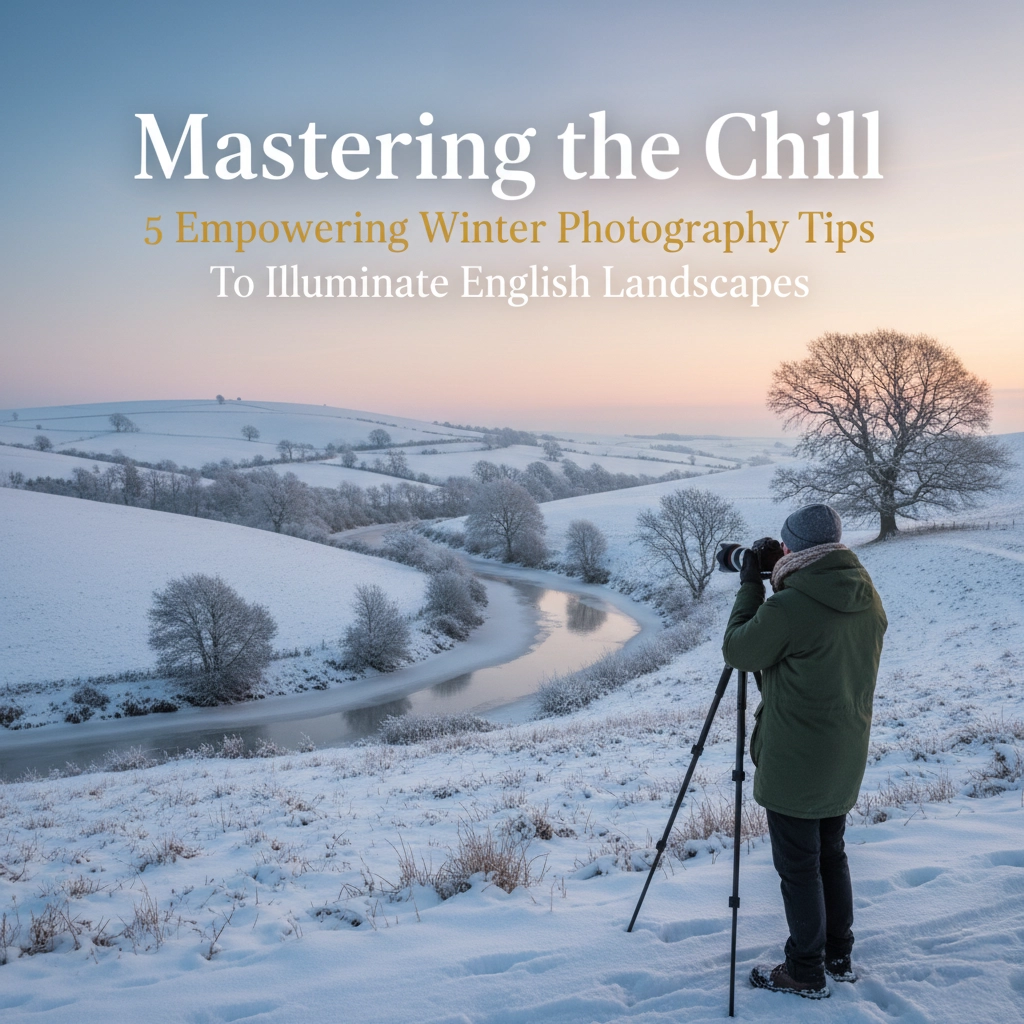
Mastering the Chill: 5 Empowering Winter Photography Tips to Illuminate English Landscapes
1 November 2023